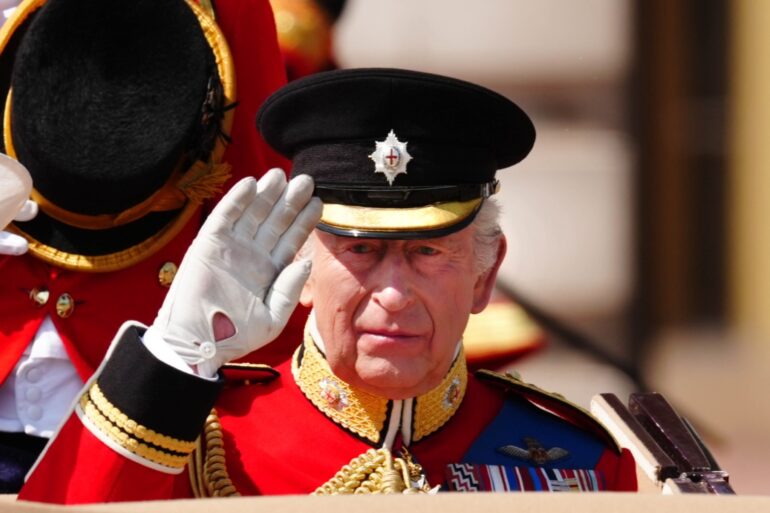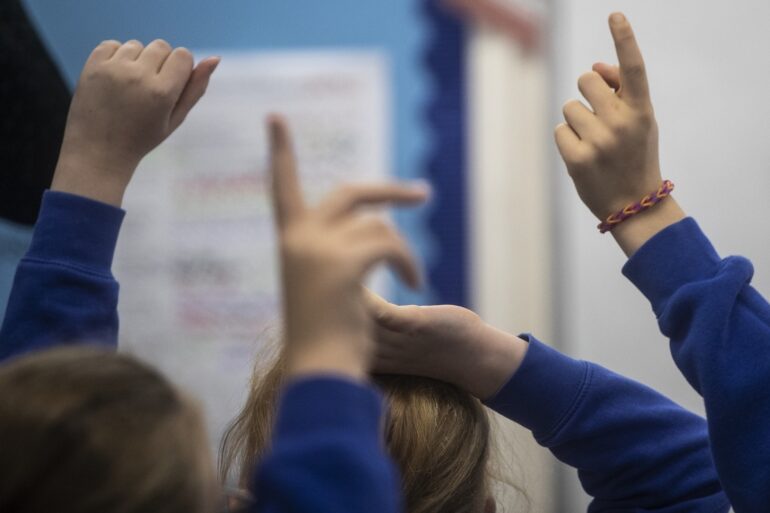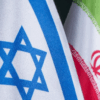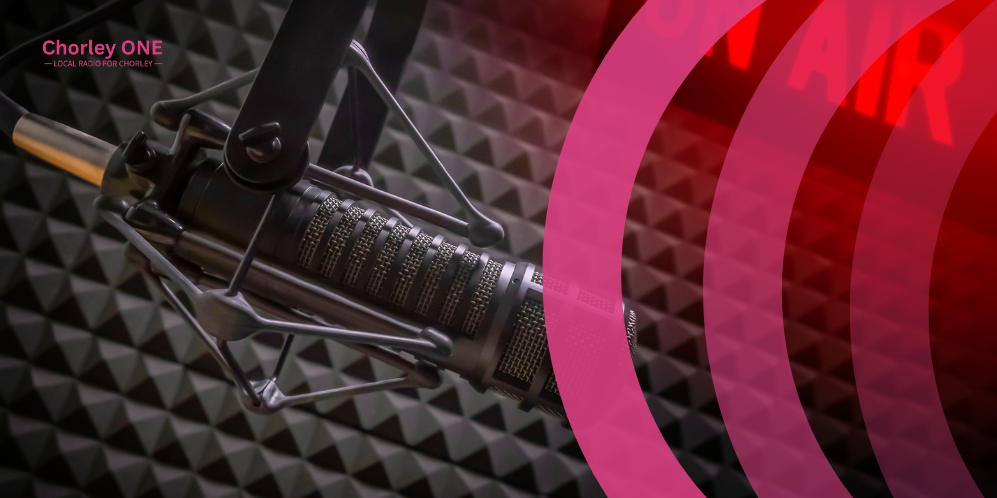-
 play_arrow
play_arrow
Chorley ONE Local Radio for Chorley
Iran retaliates after Israeli strikes target nuclear programme and military
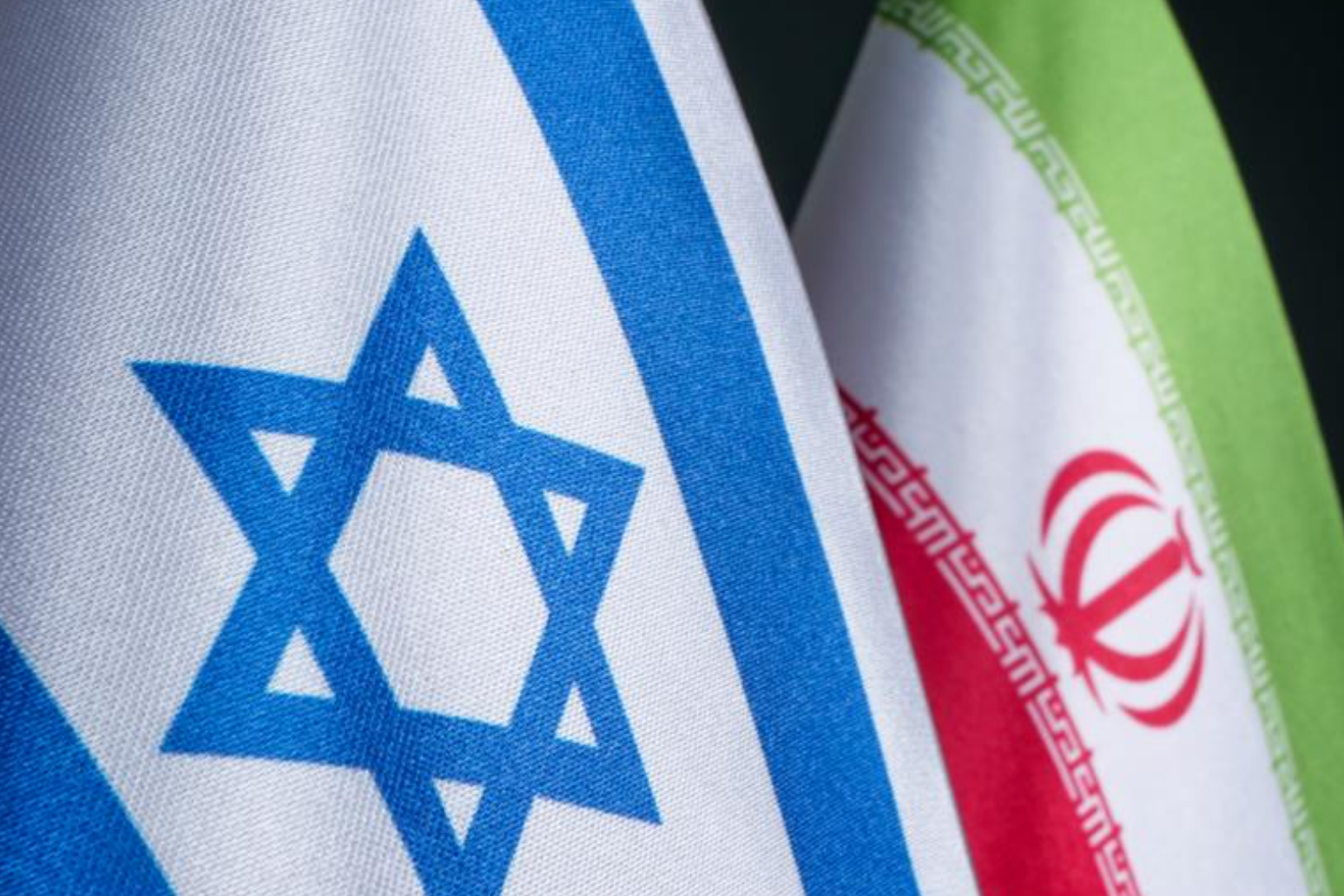

Iran has launched retaliatory missile and drone strikes on Israel, killing at least three people and wounding dozens, after a series of Israeli attacks on the heart of Tehran’s nuclear programme and armed forces.
Israel’s assault used planes as well as drones smuggled into the country in advance, according to officials, to assault key facilities and kill senior generals and scientists.
Iran’s UN ambassador said 78 people had been killed and more than 320 wounded in the attacks.
Israel said the barrage was necessary before Iran got any closer to building a nuclear weapon, although experts and the US government have assessed that Tehran was not actively working on such a weapon.
Iran retaliated by launching waves of drones and ballistic missiles at Israel, where explosions lit the night skies over Jerusalem and Tel Aviv and shook the buildings below.
The Israeli military urged civilians, already rattled by 20 months of war sparked by Hamas’s October 2023 attack, to head to shelter for hours.
Israel’s strikes put further talks between the US and Iran over a nuclear accord in doubt before they were set to meet on Sunday in Oman.
“The US did a job that made the talks become meaningless,” Iranian Foreign Minister spokesman Esmail Baghaei was quoted as saying. He added that Israel had passed all Iran’s red lines by committing a “criminal act”.
However, he stopped short of saying the talks had been cancelled. The Mizan news agency, run by Iran’s judiciary, quoted him as saying: “It is still not clear what we decide about Sunday’s talks.”
Iran’s Supreme Leader Ayatollah Ali Khamenei said in a recorded message on Friday: “We will not allow them to escape safely from this great crime they committed.”
Iran launched waves of missiles at Israel from late on Friday. Iranians awoke on Saturday to state television airing repeated clips of strikes on Israel. Israel’s military said more drones were intercepted near the Dead Sea early Saturday.
A hospital in Tel Aviv treated seven people wounded in the second Iranian barrage. All but one of them had light injuries. Israel’s Fire and Rescue Services said they were wounded when a projectile hit a building in the city. A spokesperson for Beilinson Hospital said one woman was killed.
Hours later, an Iranian missile struck near homes in the central Israeli city of Rishon Lezion, killing two more people and wounding 19, according to Israel’s paramedic service Magen David Adom. Israel’s Fire and Rescue service said four homes were severely damaged.
Meanwhile, the sound of explosions and air defence systems firing at targets echoed across central Tehran shortly after midnight on Saturday.
Iran’s semi-official Tasnim news agency reported a fire at Tehran’s Mehrabad International Airport. A video posted on X showed a column of smoke and flames rising from what the outlet said was the airport.
The Israeli military said it carried out overnight strikes on dozens of targets including air defences “in the area of Tehran”.
Israel’s paramedic services said 34 people were wounded in the barrage on the Tel Aviv area, including a woman who was critically injured after being trapped under rubble.
US ground-based air defence systems in the region were helping to shoot down Iranian missiles, said a US official.
Countries in the region condemned Israel’s attack, while leaders around the globe called for immediate de-escalation from both sides.
Israel had long threatened such a strike, and successive American administrations sought to prevent it, fearing it would ignite a wider conflict across the Middle East and possibly be ineffective at destroying Iran’s dispersed and hardened nuclear programme.
But developments triggered by Hamas’s October 7 2023 attack — plus the re-election of US President Donald Trump — created conditions that allowed Israel to follow through on its threats. Prime Minister Benjamin Netanyahu said the US was informed in advance of the attack.
On Thursday, Iran was censured by the UN’s atomic watchdog for not complying with obligations meant to prevent it from developing a nuclear weapon.
The crossfire between Israel and Iran disrupted East-West travel through the Middle East, a key global aviation route, but Jordan’s state-run Petra news agent said the country was reopening its air space to civilian aircraft on Saturday morning, signalling it believes there is no immediate danger.
Among the key sites Israel attacked was Iran’s main nuclear enrichment facility in Natanz, where black smoke could be seen rising into the air. It also appeared to strike a second, smaller nuclear enrichment facility in Fordo, about 60 miles south east of Tehran, according to an Iranian news outlet close to the government that reported hearing explosions nearby.
Israel said it also struck a nuclear research facility in Isfahan and destroyed dozens of radar installations and surface-to-air missile launchers in western Iran. Iran confirmed the strike at Isfahan.
UN nuclear chief Rafael Grossi told the Security Council that the above-ground section of the Natanz facility had been destroyed. The main centrifuge facility underground did not appear to have been hit, but the loss of power could have damaged the infrastructure there, he said.
Mr Netanyahu said the attack was months in the making and had been planned for April before being postponed.
Israel’s Mossad spy agency positioned explosive drones and precision weapons inside Iran ahead of time, and used them to target Iranian air defences and missile launchers near Tehran, according to two security officials.
Among those killed were three of Iran’s military leaders: General Mohammad Bagheri, who oversaw the entire armed forces; General Hossein Salami, who led the paramilitary Revolutionary Guard; and General Amir Ali Hajizadeh, head of the Guard’s ballistic missile programme.
Published: by Radio NewsHubClick here to read this story in full at Radio News Hub
Written by: admin
Similar posts
Latest News
- King wears black armband in memory of India air disaster at Trooping the Colour
- Iran retaliates after Israeli strikes target nuclear programme and military
- Grenfell community gathers for final anniversary before tower demolition begins
- One in 10 parents say children ask to miss school over concerns about toilets
- Claudia Winkleman and Tess Daly named in Kings Birthday Honours list
Top popular
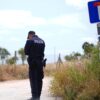
Madeleine McCann Latest search sees teams drain well and clear dense vegetation

Reeves to stick to fiscal rules amid budget wrangles ahead of spending review
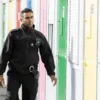
Prison officers told to wear body armour in high security jails after attacks

Searches for Madeleine McCann to continue in Portugal

Water sector suffering from deep rooted failures review warns
Copyright THe Mediasite - 2024

